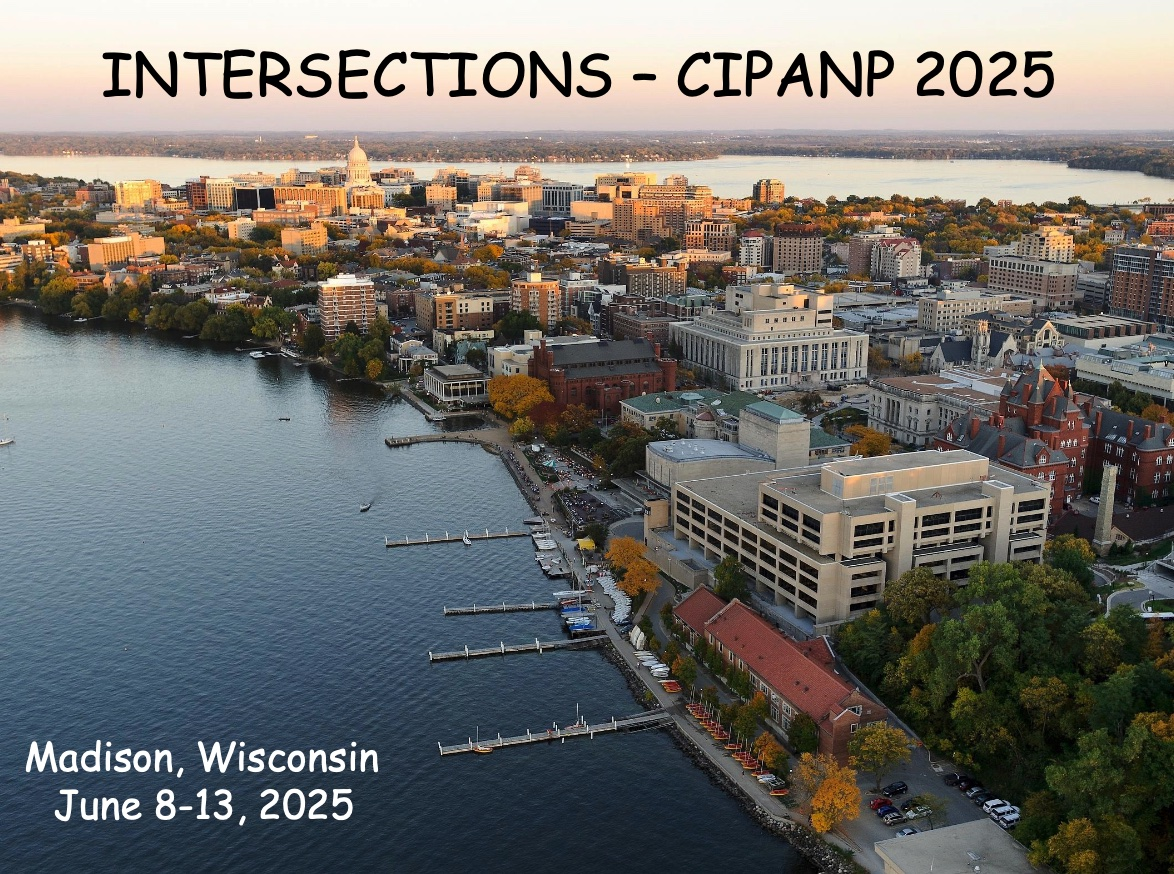Speaker
Description
The study of Ultra-High-Energy Cosmic Rays (UHECR) has undergone dramatic evolution over the last two decades, driven primarily by the unprecedented capabilities of the Pierre Auger Observatory and the Telescope Array Project. Historically hindered by low statistics and substantial uncertainties, the UHECR field once grappled with basic questions about flux cutoffs, composition, and source identification. Today, however, with a cumulative exposure exceeding 150,000 km$^2$ sr yr at energies above 50 EeV, the observational data can now provide robust insights into fundamental observables. We have firmly established that the flux significantly cuts off above 50 EeV, made detailed composition measurements that reveal a complex, energy-dependent blend of atomic nuclei, and have finally identified significant anisotropies, narrowing the list of potential astrophysical sources. However, this increased statistical power is also uncovering new phenomena such as unexpected muon excesses, a puzzingly narrow rigidity range, indications of mass-dependent anisotropies, and correlations between spectral features and composition evolution. These observations may again profoundly shift our understanding of astroparticle physics at the highest energies. This talk will give an overview of the current UHECR picture, highlight new promising analysis techniques, and outline what can be expected in the next phases of Auger and TA. Finally, the talk will give a brief look at proposed next generation ground- and space-based UHECR observatories.

